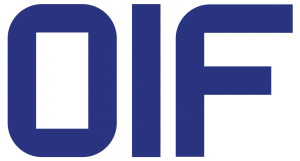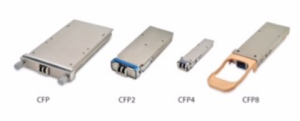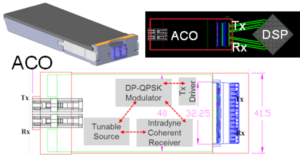OIF Delivers on Enabling Next Generation Network Flexibility through Three New Interoperability Agreements
OIF efforts provide the growing networking industry with advanced network connectivity, provisioning and flexibility combined with improved data rates
Fremont, Calif.—October 23, 2018 – Continuing its efforts to drive network connectivity and flexibility worldwide, OIF announced three Interoperability Agreements (IAs) aimed at expanded interoperability of Flex Ethernet and increased data rates. The completed IAs—FlexE 2.0, FlexE Neighbor Discovery and Common ACO Electrical I/O—reinforce OIF’s work to provide the industry with solutions for flexible deployment and provisioning of network bandwidth.
“The completion of these projects reinforces OIF’s commitment to provide the industry with the flexibility and increased bandwidth solutions combined with increased data speeds it requires to keep up with market demands and drive solutions that enable the next generation of networks,” explained Dave Stauffer of Kandou Bus and OIF’s Physical and Link Layer (PLL) Working Group Chair.
FlexE 2.0
Initiated in 2016, the FlexE 2.0 project enables equipment to support new Ethernet connection types and FlexE allows network providers and operators to utilize optical transport network bandwidth in more flexible ways. FlexE can deterministically utilize the entire aggregated link, creating a more efficient alternative to the traditional IEEE 802.3ad or IEEE 802.1-based Link Aggregation (LAG) solutions which often can only utilize 70-80% of the available bandwidth. Key features of the FlexE 2.0 project include adding support for FlexE groups composed of 200GBASE-R and 400GBASE-R PHYs, in addition to groups composed of 100GBASE-R PHYs, and adding an option for the support of time and frequency synchronization at the FlexE group level.
FlexE Neighbor Discovery
The FlexE Neighbor Discovery project recognizes that FlexE capability discovery is still required to facilitate the setup of FlexE groups and clients. The project introduced some extensions to the Link Layer Discovery Protocol (LLDP) for FlexE capability discovery. It enables remote FlexE PHY and deskew capability discovery, PHY connectivity discovery and verifications, and FlexE Group subgroup integrity verification.
Common ACO Electrical I/O Project
The implementation agreement for Common Analog Coherent Optics (ACO) Electrical I/O follows the success of the CFP2-ACO optical transceiver implementation agreement but is form factor agnostic, so it also benefits analog coherent modules based on such form factors as CFP4, CFP8, QSFP, microQSFP, QSFP-DD and OSFP. The project defines the ACO electrical I/O independent of the choice of form factor and optical carrier count for 45 Gbaud and 64 Gbaud per-carrier applications.
“We recognize that the data center and communications industries require solutions for flexible deployment and provisioning of network bandwidth combined with component level interoperable infrastructure that can enable system capacity demands,” Stauffer continued.
OIF Day at CenturyLink
OIF Day at CenturyLink was held on October 16, 2018 in Littleton, CO. The interactive and educational workshop featured OIF and CenturyLink subject matter experts covering: OIF projects and directions including Networking Transport SDN work and an overview of Physical & Link Layer work.
About the OIF
The OIF facilitates the development and deployment of interoperable networking solutions and services. Members collaborate to drive Implementation Agreements (IAs) and interoperability demonstrations to accelerate and maximize market adoption of advanced internetworking technologies. OIF work applies to optical and electrical interconnects, optical component and network processing technologies, and to network control and operations including software defined networks and network function virtualization. The OIF actively supports and extends the work of national and international standards bodies. Launched in 1998, the OIF is the only industry group uniting representatives from across the spectrum of networking, including many of the world’s leading service providers, system vendors, component manufacturers, software and testing vendors. Information on the OIF can be found at http://www.oiforum.com




